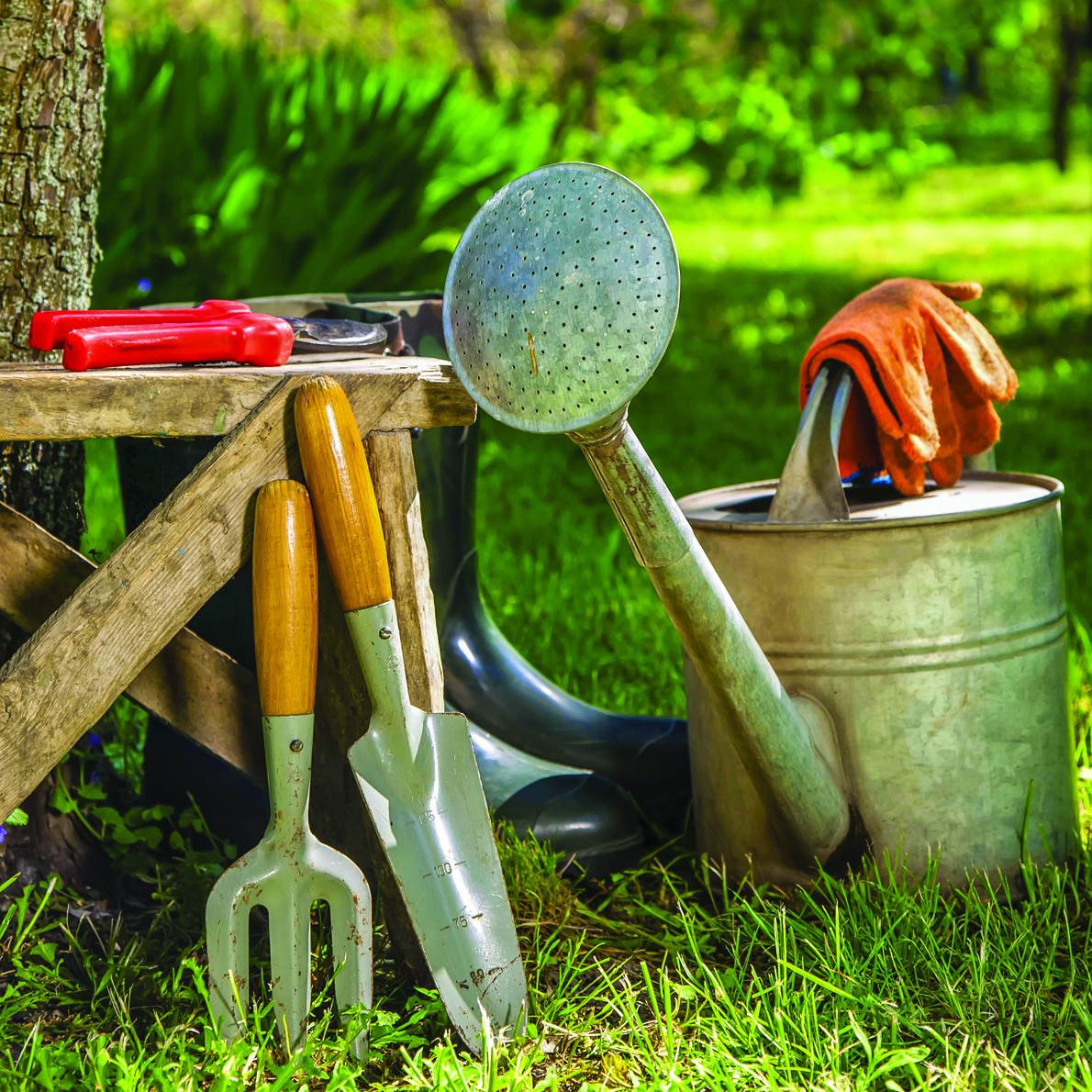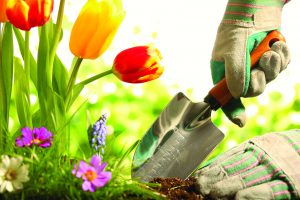Gardening is a rewarding activity that gardening enthusiasts can’t wait to get back to once the weather warms up. Many gardeners find getting their hands dirty while tending to a garden can be a great form of escapism. In addition, growing one’s own fruits and vegetables can be great for the environment. Though it’s easy to assume gardening is an activity exclusive to homeowners with their own yards, that’s not the case at all. Container gardening can make it possible for anyone to garden regardless of where they live.
The benefits of container gardening go beyond making gardening accessible to everyone. Many plants grown in containers are less susceptible to disease than plants grown in the soil, which can reduce reliance on potentially harmful pesticides. Container gardens also tend to be easier to maintain than traditional gardens, making gardening more doable for people with especially hectic schedules. Container gardening can be simple, and novices can consider these tips when planning and ultimately tending to their first gardens.

• Conduct a light audit. Walk around your home to determine where your plant can be placed so it gets as much light as it needs to thrive. Some plants need a lot of light, while others can thrive with a lot less. By conducting a light audit before choosing plants, you can determine if your home is most conducive to plants that require a lot of a light or those that need little light to get by.
• Make sure containers have ample drainage. The gardening experts at Good Housekeeping note that drainage holes are essential when choosing containers. Waterlogged soil can be fatal for plants, so there must be ample drainage in the container. Don’t focus too much on the size of the holes, just make sure that they allow excess water to drain out from the pot.
• Don’t forget to feed your plants. Potting soil won’t necessarily have nutrients that plants can access, so many container gardeners must fertilize the soil so plants can thrive. Good Housekeeping notes that watering with diluted fish emulsion, seaweed extract or compost tea can help plants thrive. Feed once every two weeks to start, adjusting the schedule thereafter depending on how the plants respond.
• Seek advice. Local gardening centers can be great resources for novice container gardeners. Such centers can recommend plants with a history of thriving in the area as well as plants that might be more compatible when containers are placed next to one another.
Container gardening can bring gardening to any home, whether it’s a light-filled private home or an apartment where sunlight is sparse.






